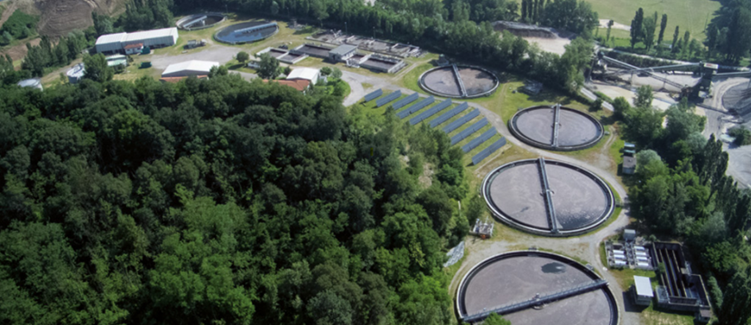The water industry national environment programme (WINEP) is concentrating on catchment and nature-based solutions to prevent pollution of watercourses, and this will work well for “traditional” pollutants like agrichemicals including nitrate fertilisers, herbicides and pesticides. However, there are many other contaminants that cannot be reduced by nature-based solutions and are not removed by conventional wastewater treatment processes.

The Chemical Investigations Programme Phase 2 (CIP2), which ran from 2015-2020, concentrated on metals, industrial chemicals such as fire retardants and biocides, hydrocarbons, pharmaceuticals, hormones and personal care products. UKWIR’s initial conclusions[1] in 2017 were that “A small number of chemicals can be associated with trade or industrial applications, but household sources predominate for most of the substances prioritised as significant risks to compliance with water quality standards.” There is evidence of reductions in concentrations of some substances, indicating that control measures (such as restrictions on the use of substances and reformulation of household products) that have been put in place since 2010 are having some success. Public education is beginning to change attitudes to personal care products and washing powders and this, in the longer term, will address phosphorus problems. UKWIR also identified that “… the highest risk substances associated with sewage works effluents include several fire retardants that are used in household products and construction materials and an insecticide.” Several were considered ubiquitous and require a national control strategy.
Resistance to Chemical Decomposition
UKWIR also identified Active Pharmaceutical Ingredients (APIs) including “… some analgesics, antibiotics and steroid hormones (natural and synthetic)…” as a potential concern. This is confirmed by a 2018 study[2] which concluded that 13% of UK wastewater treatment works were releasing APIs including Ibuprofen, diclofenac, ethinyloestradiol, clarithromycin and azithromycin at concentrations which would exceed their predicted no effect concentrations (PNEC) in receiving waters. Clearly catchment and nature-based solutions will not address the problems of APIs so, at least for the foreseeable future, we will be reliant on technological solutions.
Advanced Oxidation: The Solution
The most effective technologies for the destruction of these recalcitrant organic molecules are advanced oxidation processes, which use various reactive oxygen species including peroxide, ozone and free hydroxyl radicals. These species have very high oxidation potentials and can oxidise most organic compounds via proton transfer. Our te-ionTM technology uses an electrical glow discharge to generate a non-thermal plasma containing reactive oxygen species which is introduced into the wastewater. A study by the Department of Environmental, Process, and Energy Engineering at MCI, Innsbruck[3] showed that the technology was able to remove 90% of three target APIs – Diclofenac, an anti-inflammatory, Carbamazepine, an anticonvulsant and antibiotic Sulfamethoxazole – giving well below the PNEC in the receiving watercourse. The te-ionTM plasma generator consumes power of only around 0.5 kWh/m3, making it an attractive option for the destruction of anthropogenic micropollutants including APIs and industrial chemicals.